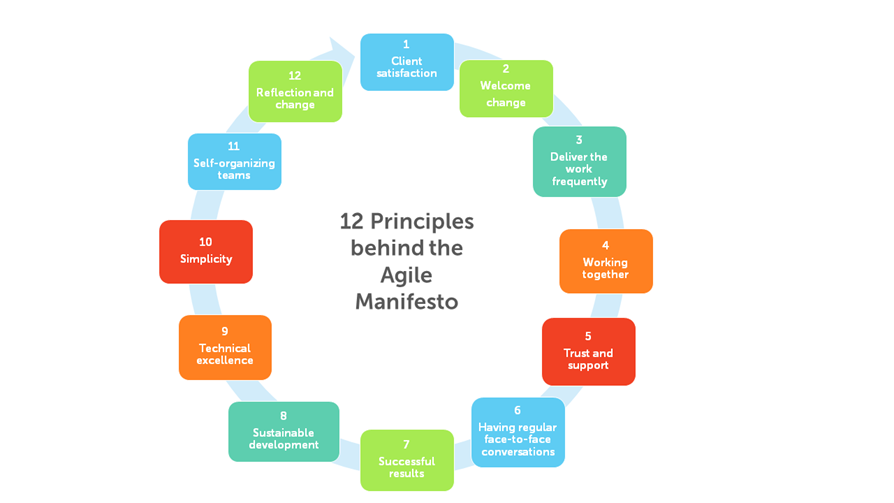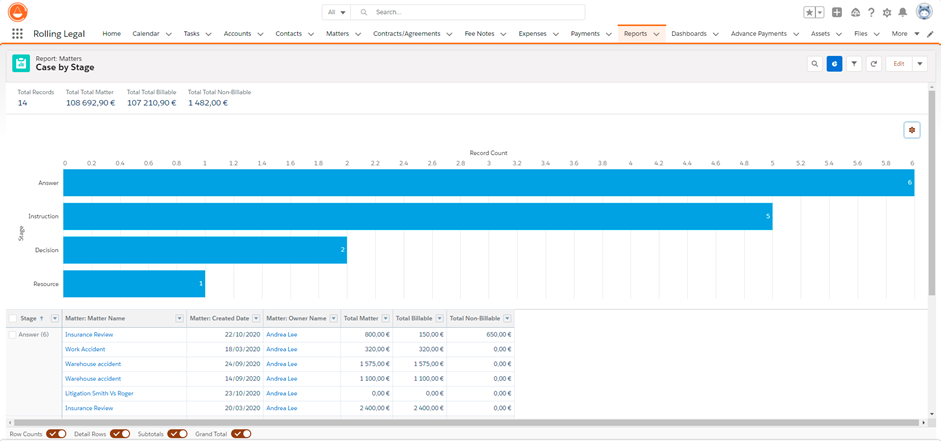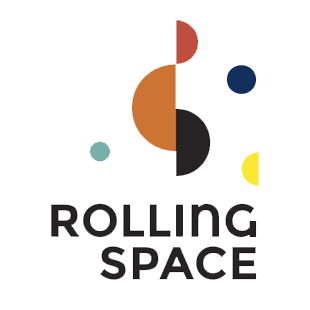Although the way we see the workplace has had a major shake-up thanks to the pandemic, the main change has occurred at a more fundamental level: we have changed the way we work!
Thanks to this change, companies in general were forced to look more at the 3 P's: People, Process and Premises, with evidence of increased productivity and a better work-life balance.
We now talk about hybrid firms, hybrid workplaces, hybrid events... But behind it all was - is still being - the digital transformation that has changed processes significantly, transforming them into digital processes that enable a secure and collaborative workflow, available anytime and anywhere.
Government recommendations to work from home wherever possible have forced firms, including law firms, to explore their approach to Agile Working.
But what is Agile Working?
According to "The Agile Organisation":
"Agile working is about bringing together people, processes, connectivity and technology, time and place to find the most appropriate and effective way of working to accomplish a given task.
It is about working within guidelines (of the task) but without limits (of how to accomplish it)."
In short: Agile Working is about delivering the best possible thing in a limited amount of time.
The Agile methodology began two decades ago and was traditionally used in technology companies, especially by developers, including those at Rolling Space.
The 12 Agile principles are worth reading, but they are more a collection of values and preferences than a system for working:

But there are some differences between agile methods and agile work.
The former is an iteration-based framework and allows teams to design, develop, test and implement projects quickly.
The latter refers more broadly to an organisation's ability to respond to a rapidly changing environment.
The adoption of this methodology continues to grow, including in the legal industry and, for many firms, it was the reason they quickly adapted to the market in times of COVID.
Unfortunately, there are still law firms that reduce Agile Work to the use of laptops, Ipads and wi-fi connections.
Well, as we've seen, Agile Work is first and foremost a business strategy - and that way they have a much better chance of leveraging the maximum return on their investment.
3 reasons to raise your advocacy to the next level with the agile method:
1. Greater and better collaboration between lawyers and the rest of the team
The Agile method focuses on getting the work done in the most efficient way by whoever is in the best position to do the work, without taking into account their position or function.
In other words, the work is divided into autonomous teams that are able to work together to complete the intended work. In a law firm, this can mean collaboration between lawyers and assistants that will result in faster delivery of work, as well as shared responsibility on important projects.
This autonomy to plan and execute work collaboratively, without top-down management, resonates with a culture of accountability, motivation and belonging. The management of these projects can be done using solutions like Rolling legal that provide detailed reports and those managing the process can contribute to the team's performance with automated tasks.
Reporting and tracking the entire process can be useful for overall productivity, but can also be used as stepping stones for teams to assess their own performance and focus on continuous improvement.
Tools that track productivity, such as time recording and detailed reports with metrics on processes, can help with continuous improvement.
2. More simplified and flexible working
Talking about agile method without talking about Kanban boards is almost impossible!
The idea of a Kanban board is to have a board with columns that represent different work statuses, such as "To Do, Doing, Done".
It helps to have a more graphic view of the tasks to be performed and there are already several platforms, such as Rolling Legal, that allow this view, going beyond the post-its board.
The key to this Kanban idea is to limit the total number of "work in progress" tasks, i.e. there are a total of tasks to be carried out and others can only be added after the first ones change their status (to "Doing" or "Done").
Adopting an agile workflow also involves identifying how much work the team (and individuals) can have on their hands. If you have more tasks than you're supposed to, benefit from automating tasks and creating alerts.
Also, by automating your reports and notifications, you can assess the overall productivity of the team and you also end up by identifying where the bottlenecks are, and you can use the necessary resources to improve your work in progress (WIP).

Kanban vision of the tasks in the Rolling Legal platform
3. Continuous reflection and change
An agile and automated company does not neglect reflection and work planning.
Agile encourages systematic meetings to monitor the progress of the project.
Here are some suggestions:
- 10-minute meetings at the beginning of each week: a meeting at the very first working hour to discuss the week's work, what everyone wants to achieve and possible blockages;
- Short individual meetings at the end of the week to see if the planning has been achieved, what can be improved, etc.
- End of process meeting to validate the result, get feedback from the client and identify what went well and what went wrong, as well as improvement opportunities.
- Regular meetings to discuss/implement changes. These meetings are crucial and should be held frequently as they help the team understand the reason for a certain change and guide teams towards better organisation and decision making. You can and should take advantage of detailed and automatic reports, as well as dashboards that help systematise the information to be discussed.

Example of report and dashboard in the Rolling Legal platform
These are some of the arguments to use this methodology, but there are many more.
The fundamental thing to retain is that these are suggestions that will allow you to work smarter and provide a better product and result for your clients.
And above all, by using platforms such as Rolling Legal, you can take better control of your work so that you make better use of your time.
The legal sector is undergoing significant changes and the future law firms of the future will be very different from their current form.
The use of Artificial Intelligence will be increasingly recurring, taking over many of the procedural tasks.
Start preparing for the future of law practice now!

